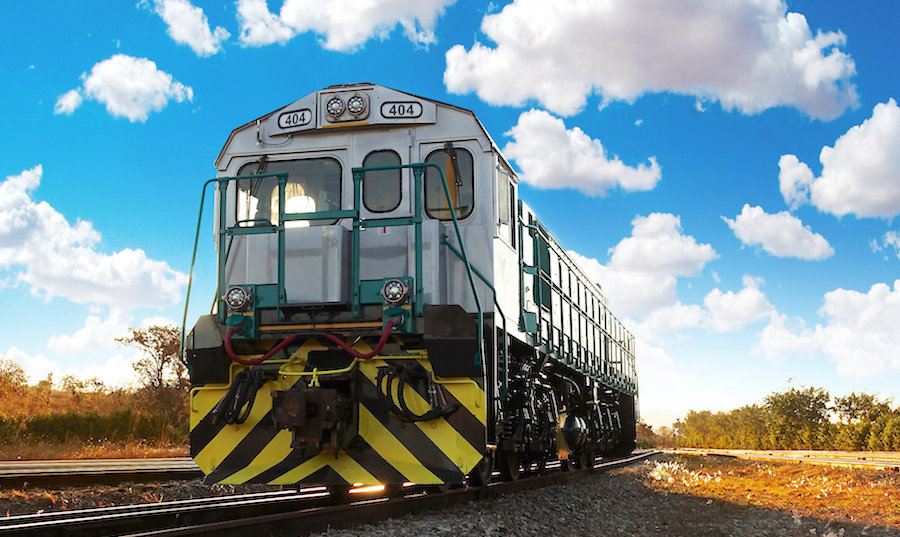
BHP will test the battery-electric locomotives’ performance and emissions reduction capabilities in delivering iron-ore from its Pilbara mines to the Port Hedland export facility.
The deal will help the miner achieve its goal of net zero emissions by 2050 for its customers, including the heavily polluting steel industry. The industry is responsible for as much as 10% of global greenhouse gas emissions and about three quarters of BHP’s scope 3 emissions.
BHP will also test unique “energy recapture” opportunities using the rail network’s natural topography to further reduce the trains’ overall power demand.
On the way to port, locomotives can capture energy that would otherwise be lost from braking on downhill slopes. They can then use that energy to help power empty trains back to the Pilbara.
30% emissions cut
A fully-laden BHP WA Iron Ore train typically comprises four diesel-electric locomotives pulling approximately 270 cars carrying a total of 38,000 tonnes of iron ore, BHP noted.
“Replacing diesel-powered vehicles with electric technology is a key part of our plans to reduce operational emissions, as is partnering with a broad range of global equipment manufacturers and technology providers,” BHP group procurement officer James Agar, said in the statement
“Rail is the fundamental link in our pit-to-port value chain, and the power required to deliver fully-laden iron ore wagons from the Pilbara to Port Hedland is significant,” BHP Asset President Western Australia Iron Ore, Brandon Craig, added.
A full transition to battery-electric locomotives would reduce the company’s iron ore diesel-related carbon emissions in Western Australia by nearly 30% annually, it added.
Today’s announcement follows recent BHP partnerships with Caterpillar and Komatsu to develop zero emissions haul trucks, and separate agreements for renewable energy supply contracts at its Escondida, Queensland coal mines, Nickel West and Olympic Dam operations as well as a solar farm at Nickel West.




